
 Pursuing the Kind of CB Motorcycle We Want to Ride
Pursuing the Kind of CB Motorcycle We Want to Ride
Project BIG-1, which started with the CB1000 SUPER FOUR released in 1992, continues to attract fans more than 30 years on. 2022 marks the 30th anniversary of the project celebrated by the limited releases of the CB1300 SUPER FOUR SP 30th Anniversary and CB1300 SUPER BOL D'OR SP 30th Anniversary editions. To commemorate the occasion, the associates involved in the development of the first-generation model gathered to share their thoughts on Project BIG-1.
 Kunitaka HaraModel ’92 ’98 ’03
Kunitaka HaraModel ’92 ’98 ’03
Large Project Leader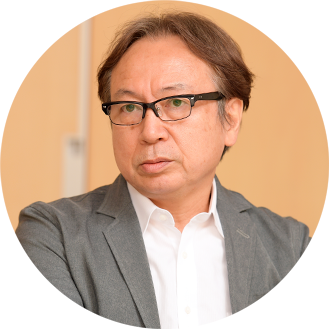 Toshiaki KishiModel ’92 ’03
Toshiaki KishiModel ’92 ’03
Designer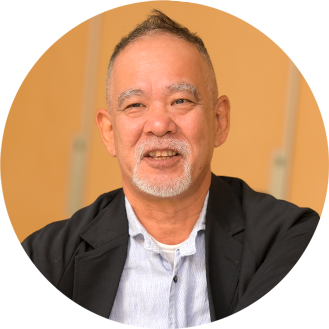 Tetsuya KudoModel ’05~
Tetsuya KudoModel ’05~
Test Large Project Leader
- [Part 1] Unprecedented impact redefines the value of big-sized motorcycles- 1992: CB1000 SUPER FOUR goes on sale –
- [Part 2] BIG-1 evolves and changes, creating an eternal concept of values- History is made with each new model –
- Photo Gallery
BIG-1 evolves and changes, creating an eternal concept of values
- History is made with each new model –
The CB1000SF became a big hit in 1993, selling around 4,000 units. Other companies followed by releasing ambitious and unique large-displacement naked models, and the newly introduced acquisition of large-displacement motorcycle riders’ licenses through riding schools triggered a big-sized naked motorcycle boom - the next step for the BIG-1 was to increase displacement to 1300cc.
There were about 80 of us who had bought a 1000SF, and in addition, we sent out questionnaire postcards to customers as well. I was very impressed with the responses, which were full of supportive comments and encouragement. We considered these comments, but the deciding factor for making a 1300cc model was the customer's comment, ‘We want a big-sized motorcycle like no other!’Hara
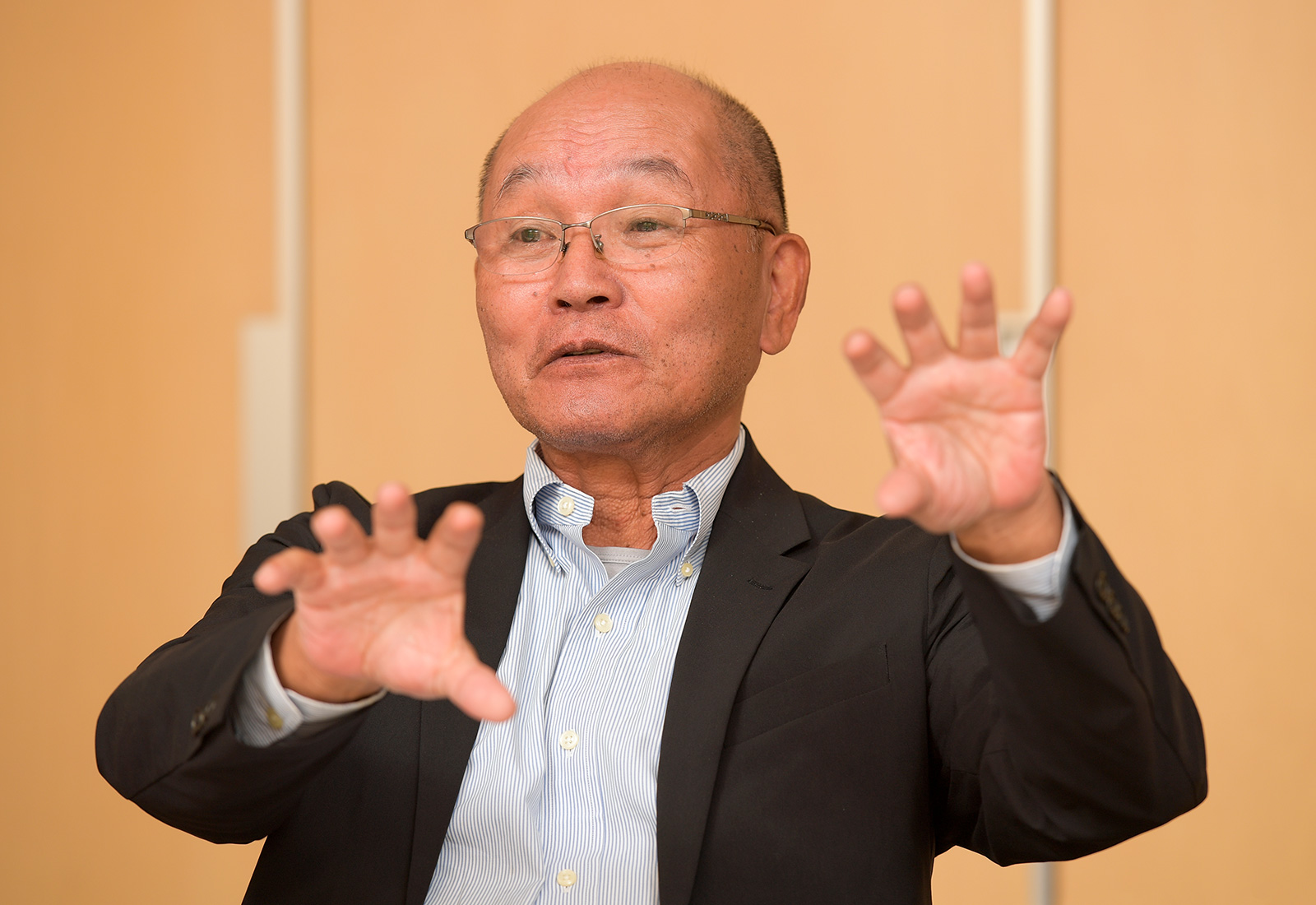
![X4 [1997]](../images/X4.jpg)
The 1998 BIG-1’s 1300cc engine, was based on the X4 launched in 1997 (again with Hara as LPL), increasing output from 93 to 100hp, and enhancing low and mid speeds. The body was modified to make it easier to ride, with 17-inch tires front and rear, and the seat height lowered by 10 mm (the overall height and wheelbase were slightly increased). These changes were made in response to the opinions of young users who felt that the motorcycle was “too big.”
A younger designer was in charge of the shape, and another topic of discussion was how to give the first 1300 a solid, horizontal form while making it edgier and expressing a new BIG-1 personality.Kishi
![CB1300 SUPER FOUR [1998] clay mockup](../images/CB1300SF_craymockup_1998.jpg)
With the BIG-1 1000 we concentrated on its design, but the BIG-1 1300 was a more performance-oriented model. The symmetrical exhausts on both sides were a layout that I had envisioned since the first generation, and it was also meant to ensure performance in line with the increased displacement. In addition, the motorcycle’s weight was increased by reinforcing the front brakes and other factors, and a double pro-link suspension was adopted for the rear to accommodate this increase.
But we were too greedy, and the motorcycle’s weight increased from 260kg to 273kg. Performance was improved as we had hoped, but it may have been more difficult to ride.Hara
![CB1300 SUPER FOUR [1998]](../images/CB1300SUPERFOUR_1998.jpg)
However, in 1998, when the 1300 BIG-1 was launched, sales exceeded the plans, and with 4,600 units sold, it set the largest single-year sales record in the series. (Sales the following year were close to 3,000 units). In 2003, the BIG-1 underwent another major change.
We had two major goals here: to reduce the weight in the range of 20kg and to achieve a smoother feel when starting to open the throttle. We also realized the CB had become too heavy, and we wanted to make it a joy to ride. In other words, to have better maneuverability. We decided to take another look at the CB's origins as a sports motorcycle.Hara
![CB1300 SUPER FOUR [2003] cray model](../images/CB1300SF_cray_2003.jpg)
The third generation BIG-1, which transformed into a sharp design, contrasting the previous models’ glamorous body it had before to sharp body, was lighter (-19 kg / 254 kg) and was the most compact and short-wheel-based size of all generations. (The overall length remained at 2200mm from the first generation). It also featured fuel injection (FI) for the first time in the series, greatly improving operability and comfort.
In line with our concept, we were conscious of returning to the roots of sports motorcycle styling while incorporating new trends. By incorporating European trends and cutting down the volume around the rear, we were able to recreate sportier and more dynamic proportions.
The rising tail that leaps backward at an angle is key, completing the dynamic styling without making the rider aware of the size of the silencer which had become larger due to sound and emission regulations. We overhauled the appearance of the liquid-cooled engine, which was the origin of the first-generation model, and the cam tower area and covers were completely redesigned.
Kishi
![CB1300 SUPER BOL D'OR [2005] cray model](../images/CB1300SUPERFOUR_2003.jpg)
The third generation, the lightest and easiest to handle of the series, sold more than 5,000 units in two years. This unique model nonetheless underwent a facelift only two years later, giving birth to the CB1300 SUPER BOL D'OR, with half fairing and ABS introduced in consideration of tandem riding on expressways being allowed in 2005.
![CB1300 SUPER BOL D'OR [2005] cray model](../images/CB1300SB_cray_2005.jpg)
The fairing was designed for comfort over long distances on the highway, and to prevent bumping helmets during acceleration and deceleration when riding with a passenger, the throttle response was made smoother. The shape of the air cleaner box and side covers were also reviewed, and their dimensions were reduced by 10 mm on each side to achieve a slimmer body line with a shoulder-width stance for footing. We maintained the same seat height, but improved the footing.Kudo
![CB1300 SUPER BOL D'OR [2005]](../images/CB1300SUPERBOLDOR_2005.jpg)
These improvements were welcomed by the middle-aged and older riders who formed the core BIG-1 user base, as well as by riders who were eager to ride tandem on the highway. Sales continued at a pace of 3,000 units per year.
I felt we had a good response after the new model in 2003, so for the 2005 model we aimed to be number one in Japan, and we were satisfied with the results. I thought at the time that there wouldn't be much we could change after that, but after seeing the improved output and sound performance in 2018 and the SP specifications in 2019, I feel that there is still a lot more we can do.Kudo
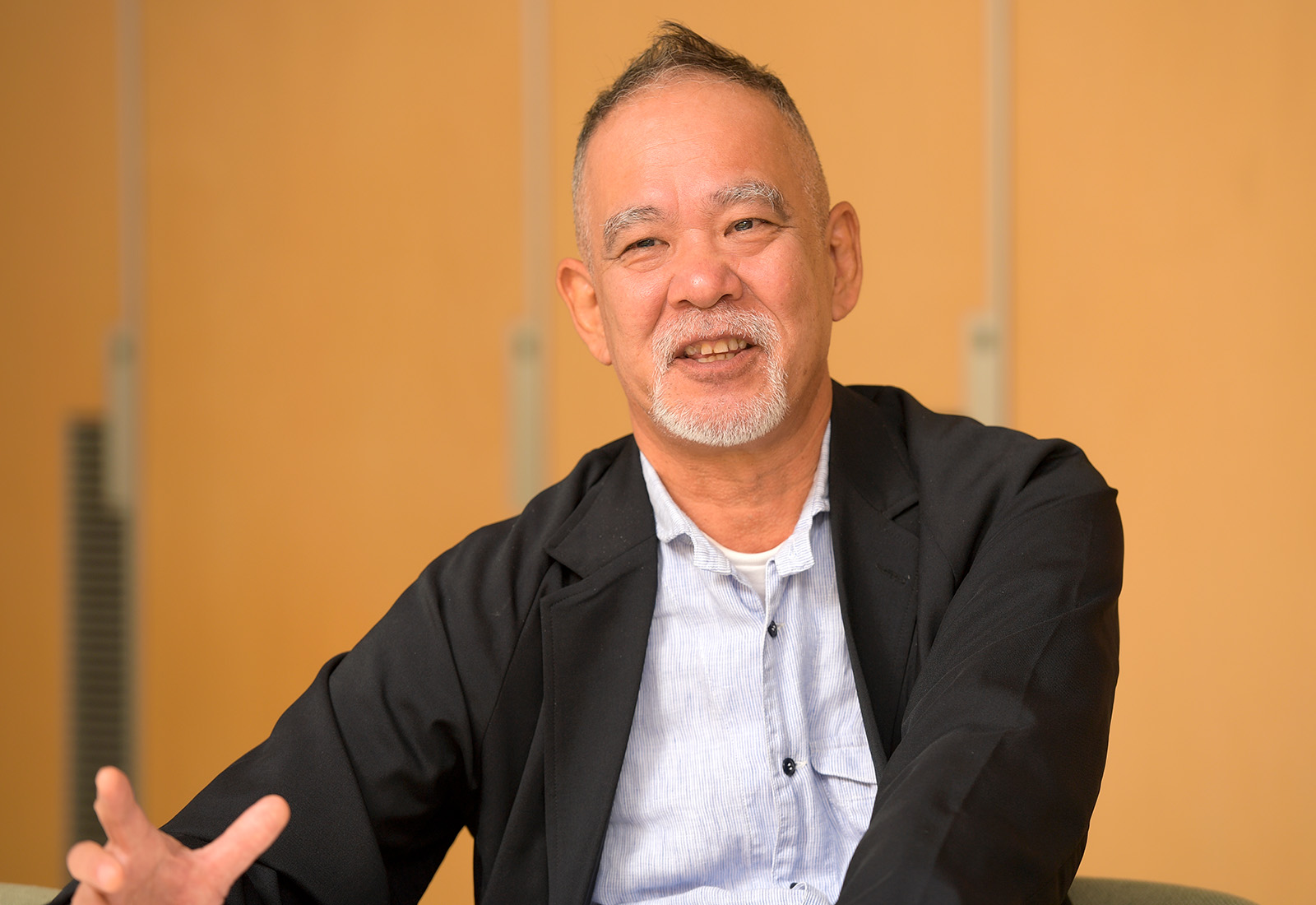
The third-generation BIG-1 has undergone numerous modifications and refinements since and has continued to be refined until its 30th anniversary. The following is a list of the main minor changes. Including electrical systems, colors, and graphics, the BIG-1 has changed almost every year.
2008Intake air layout changed, exhaust layout changed by adding catalyzer (to comply with emission regulations), increased engine output (101ps is the first over 100ps since horsepower regulations in Japan were abolished)
2010Combined ABS adopted. Revised frame rigidity and suspension settings. Seat height lowered by 10mm. Addition of Super Touring with pannier cases as standard equipment (with a specially designed down muffler)
2014Adoption of a 6-speed transmission, revised intake, and exhaust system settings. Wheel design changes
2018Increased power output (110 hp), assisted slipper clutch, modified front, and rear suspension settings, improved front brakes. On-board ETC and heated grips as standard equipment
2019Addition of SP specification, with Ohlins front and rear suspension (10mm increase in overall height and seat height) and Brembo radial-mounted monoblock opposed 4-pot calipers in the front.
![CB1300 SUPER FOUR SP [2019]](../images/CB1300SUPERFOURSP_2019.jpg)
The BIG-1 has continued to evolve in response to market demands, regulations, and trends, but even as its ease of use and comfort have improved, what has not changed is its absolute presence, unchanged since the first CB1000SF. In particular, the instantly recognizable shape of the BIG-1 and the red/white body graphics and configuration have remained unchanged, and the creators' and users' wishes are perfectly aligned: “the motorcycle you want to ride and own.”
The naked model is the king of motorcycles. With BIG-1, we have continued to think of the standard for each era. It was never about absolute numerical performance. Sometimes people think we try to be like honor students. What’s wrong with being a good student? We’re the scholars and the warriors. Come to think of it, I am deeply moved by the fact that we have been using the same crankcase for 35 years since the CBR1000F.Kudo
Our job is to create something that resonates with our customers, and it is because we were able to plant the seed with the right DNA that our customers have loved us for 30 years. And we believe that this DNA is the essence of the CB, which our customers and our predecessors have spent a long time building up long before the BIG-1 was born. So we hope that we can continue to share this essence with our customers and that the CB will continue to evolve into future generations.Kishi
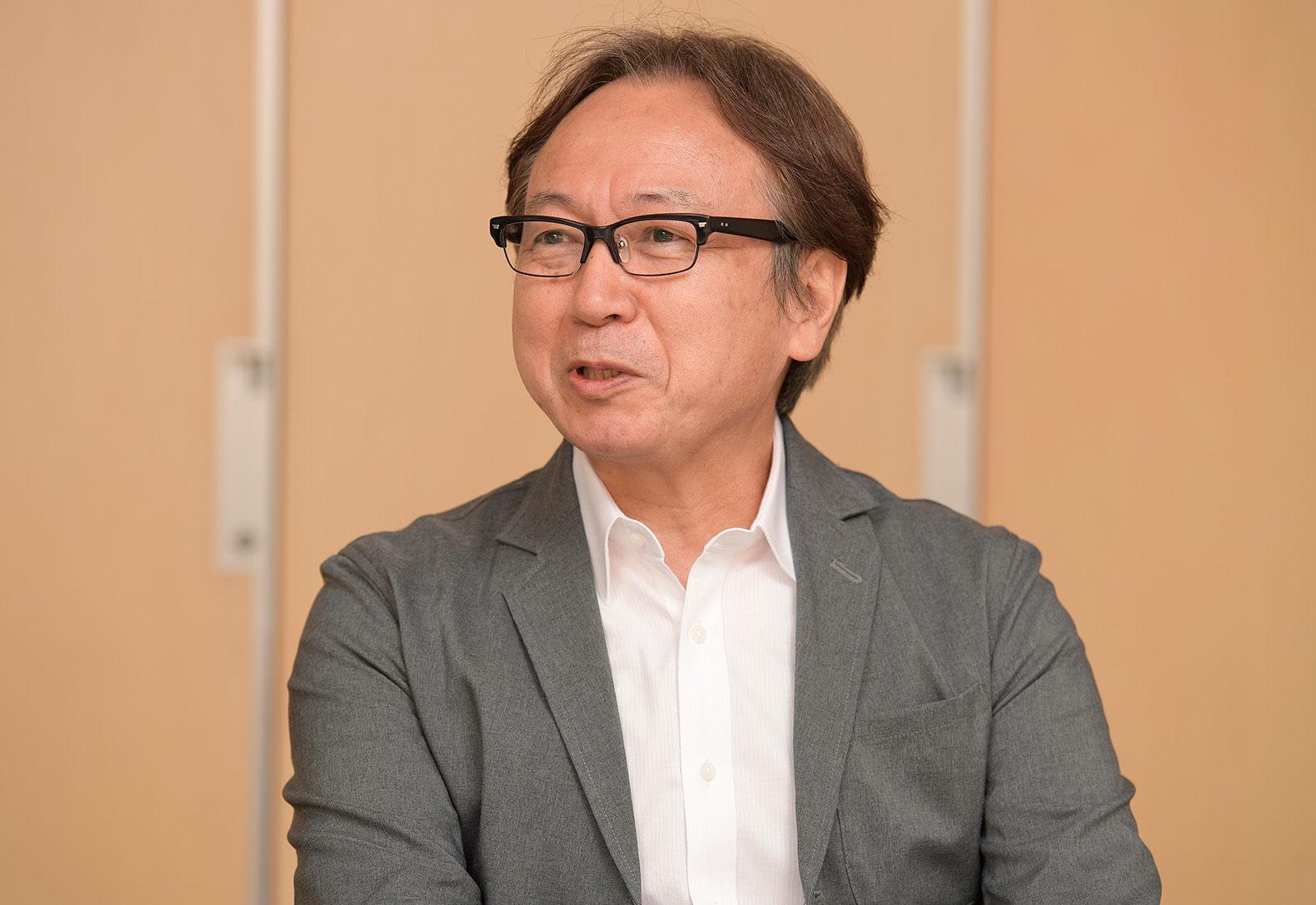
Each era may have its idea of excitement, but what’s important is how much we can exceed our customers' expectations. After all, a CB is a motorcycle designed from the customer's perspective, and I think it is Honda's mission to carry on such a tradition of manufacturing.Hara
The CB is not just about performance specs. The CB, which is positioned as the "evolving standard" at the center of Honda's diverse lineup of sports models, began with the BIG-1, and has since been steered more aggressively toward the pursuit of what is uniquely Honda, and a pleasant ride.
![[L to R] Toshiaki Kishi, Designer, Kunitaka Hara, LPL (Large Project Leader), Tetsuya Kudo, Test Large Project Leader](../images/member.jpg)
The 30-year history of the BIG-1 is the embodiment of the creator's thoughts and impressions, as riders, shared with its users. While global market trends continue to change dramatically, Japan's role in development has not wavered. The evolution of the CB will be measured by the engineers’ degree of sincerity in tackling the CB product and the Honda brand.
The CB has inherited the soul of Japanese craftsmanship, as can be seen in these words of the engineers who inherit the way of making big-sized motorcycles that the BIG-1, the CB flagship lead.
We believe that the CB is a motorcycle that can be used for everything from city riding to touring to sport riding, by any customer. While maintaining the same emphasis on its majestic good looks I felt since my first encounter with the CB1300SF, we have evolved it to meet the changing times in light of the road conditions in Japan. We have developed this model based on my firsthand understanding of what the Japanese people are looking for.Kenji Morita, 2014 CB1300SF/SB LPL
I want this motorcycle to be the origin to which everyone can return, even if they have experienced various motorcycles other than CBs. It is our greatest pleasure as CB developers to have our customers want the depth of the CB's performance.Mitsunobu Imada, 2014 CB1100 series LPL
We believe that the CB is the pinnacle of road sports and the de facto for ordinary riders to enjoy sport riding on ordinary roads. Therefore, the tradition of CB is not to never change but to continue to be the de facto of road sports. It is something that evolves with the times, and to be the de facto of the next era is the CB's role.Soya Uchida, 2017 CB1000R LPL
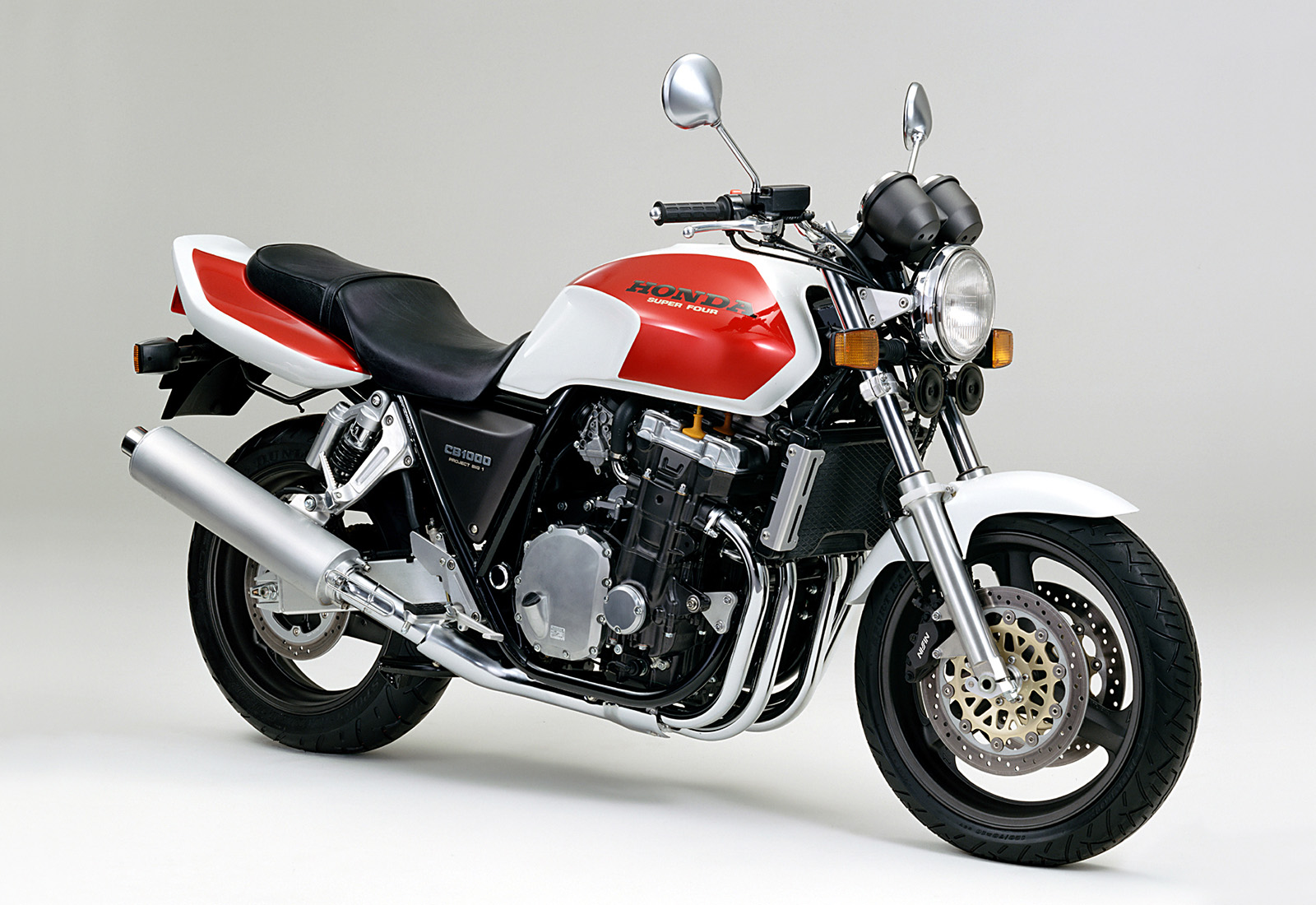 Part 1Unprecedented impact redefines the value of big-sized motorcycles- 1992: CB1000 SUPER FOUR goes on sale –
Part 1Unprecedented impact redefines the value of big-sized motorcycles- 1992: CB1000 SUPER FOUR goes on sale –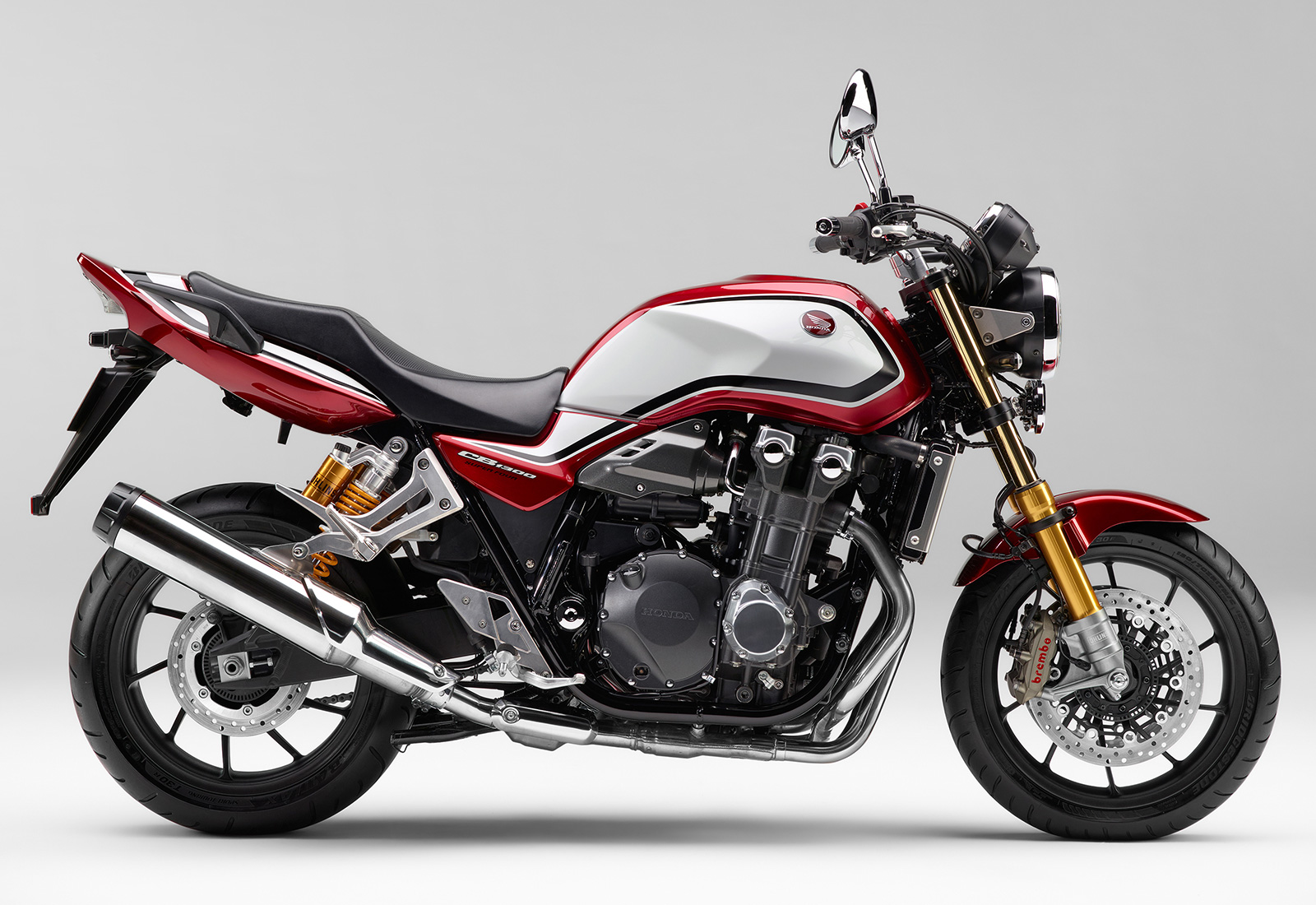 Part 2BIG-1 evolves and changes, creating an eternal concept of values- History is made with each new model –
Part 2BIG-1 evolves and changes, creating an eternal concept of values- History is made with each new model –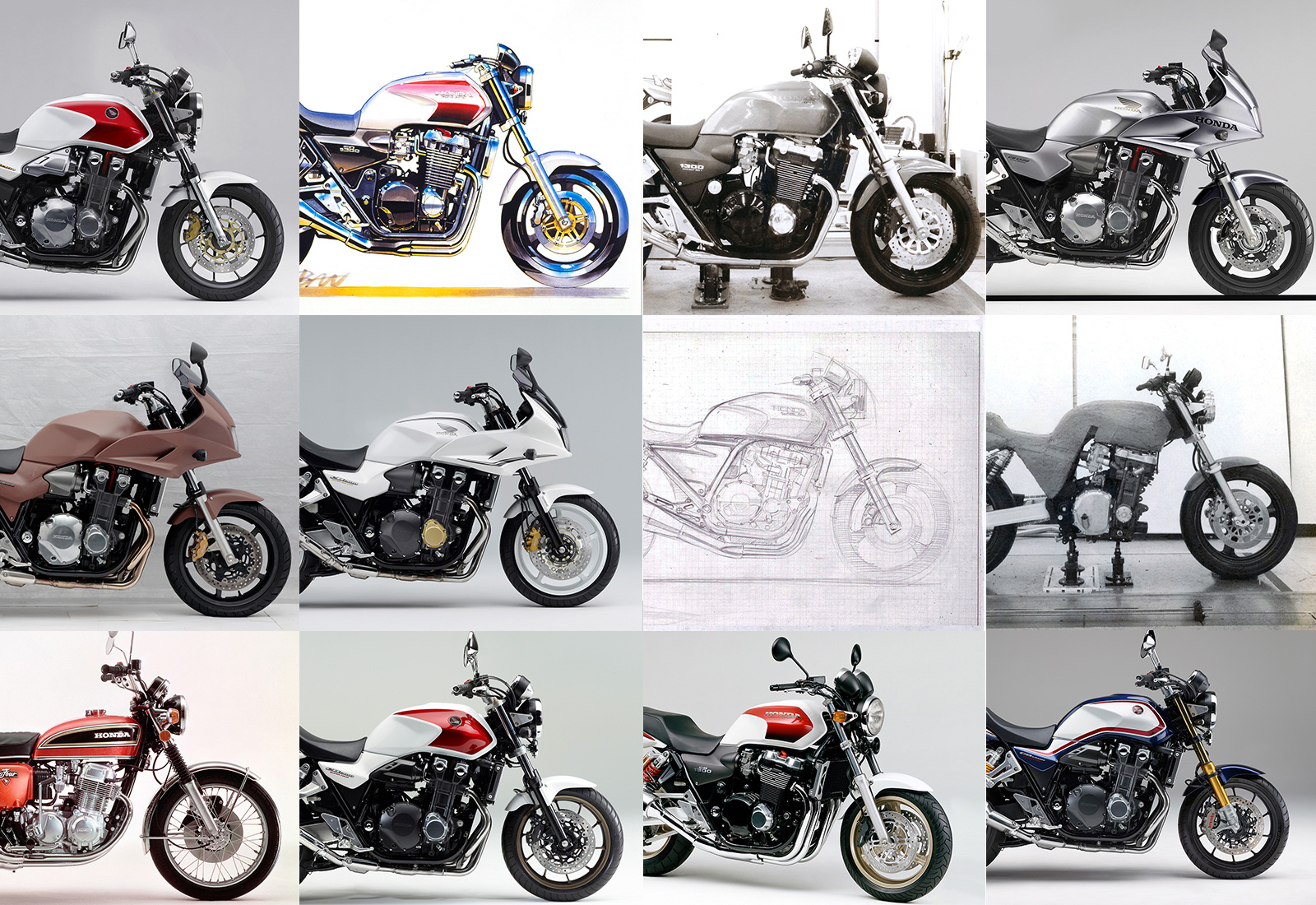 Photo Gallery
Photo Gallery